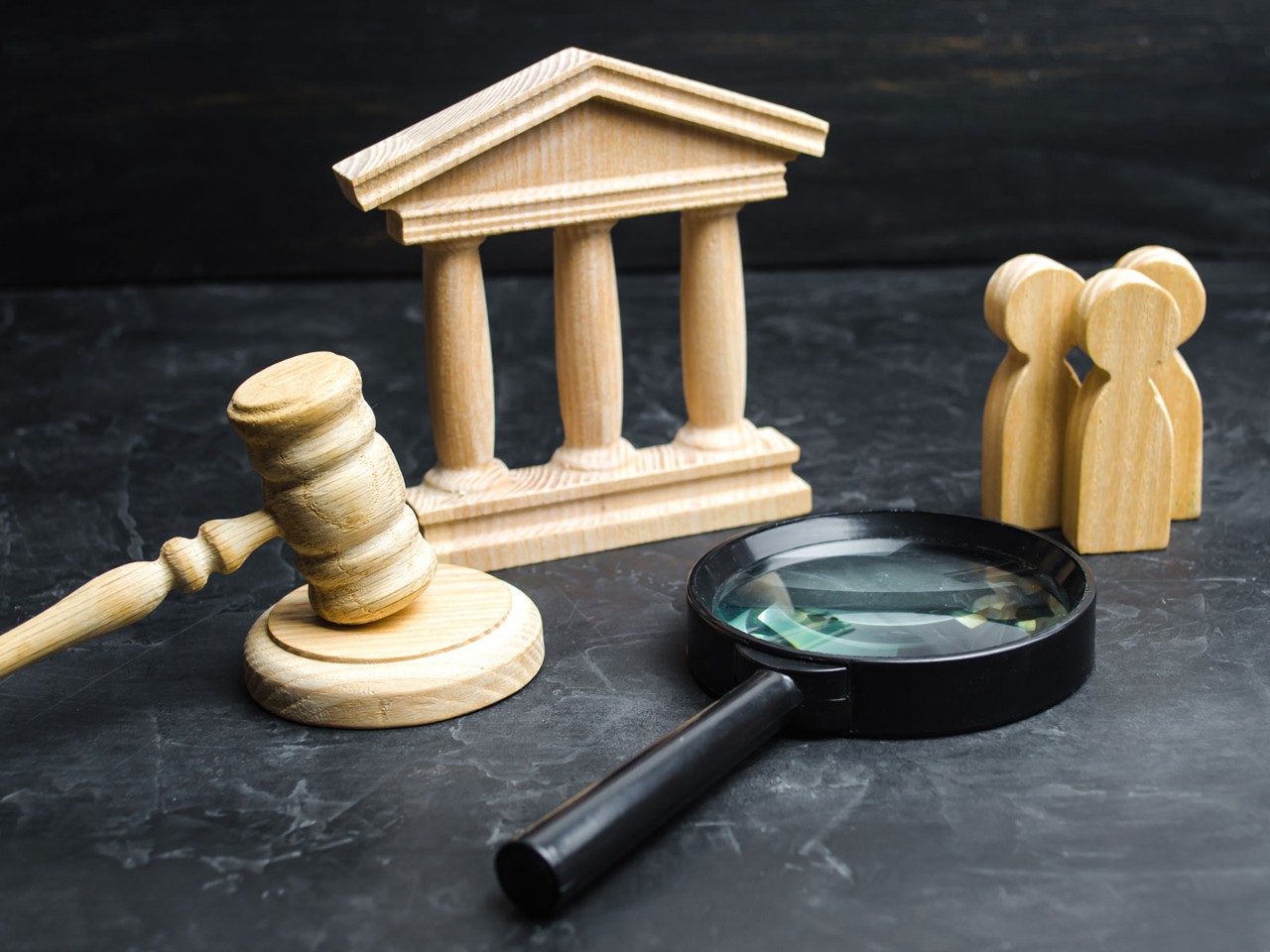
International accountancy networks are digesting the full impact of three audit quality management standards, released late last year by the International Auditing and Assurance Standards Board (IAASB). Although these standards have been long in the pipeline, and are not due to take effect until December 2022, firms will need to begin their preparations now if they are to hit this deadline.
In response to how audit processes have adapted to new technologies and growing regulatory concerns in recent years, the IAASB has created a suite of three quality management standards.
Trends in audit
Listen to AB’s podcast on the impact of technology on the future of audit
‘These changes are necessary for advancing the profession, and this is a profound step towards preserving the fidelity of what we do’
ISQM 1 deals with firms’ responsibilities for managing quality and applies to all firms that perform engagements under the IAASB’s standards. The standard updates the International Standard on Quality Control (ISQC 1) and shifts focus from a traditional, compliance-based system to more ‘proactive and effective quality management’.
ISQM 2 deals specifically with engagement quality reviews, while ISA 220 (Revised) sets out how quality is maintained on audit engagements and focuses on the responsibilities of the engagement partner.
All three standards become effective from 15 December 2022.
Strengthen and modernise
The IAASB says that through the new and revised standards it is seeking to strengthen and modernise an audit firm’s approach to carrying out quality audits. IAASB chair Tom Seidenstein says: ‘These standards will drive the audit profession to an enhanced approach to quality management rather than control, which better enables the consistent performance of quality engagements, including audits.
‘The standards place greater responsibility on firm leadership for continuously improving the quality of their engagements and remediating when deficiencies are found. When effectively implemented, the standards should help ensure that a commitment to quality is at the heart of firm strategy and operations.’
The role of ensuring systems operate effectively will most likely fall to the managing partner of individual country firms
Key changes to standards
- Increases firm leadership responsibilities and accountability, and improves firm governance
- Requires a risk-based approach focused on achieving quality objectives
- Modernises standards to address technology, networks and the use of external service providers
- Increases focus on the continual flow of information and appropriate communication, internally and externally
- Requires proactive monitoring of quality management systems and timely and effective remediation of deficiencies
- Enhances engagement partner’s responsibility for audit engagement leadership and audit quality
- Clarifies and strengthens requirements for a more robust engagement quality review.
It is this greater responsibility on firm leadership that could prove challenging for the international networks.
ISQM 1 requires firms to design, implement, monitor and assess their overall system of quality management to provide reasonable assurance that a firm will meet its quality objectives.
The standard includes more robust requirements for the governance, leadership and culture of an audit firm, and a risk assessment process that evaluates the risks to achieving quality objectives and identification of controls that address those risks. It involves more extensive monitoring of the system of quality management to evaluate effectiveness and to identify shortcomings that need to be corrected.
In their transparency reports, the major international accounting firms go to great lengths to set out the systems they already have in place, even to the extent of publishing the results of their own internal inspections. But the IAASB believes the firms can go further.
Enhanced expectations
Seidenstein wrote recently in a blog that ‘the ability to achieve our intended outcome will depend on how firms execute on our standards and the leadership within firms. The standards greatly enhance the expectations and accountability of firm leadership for quality management, and creating an appropriate culture committed to the consistent performance of quality engagements.’
He adds that the new requirements reinforce a firm leadership’s responsibility for ensuring their systems operate efficiently and effectively. It is expected that this role will most likely fall to the managing partner of individual country firms. The standards require more rigorous monitoring of quality management systems and an understanding of the root causes of deficiencies, which are in turn quickly fixed.
‘A culture that facilitates proactive and regular self-scrutiny will help engagement teams feel supported in their goals for quality engagements and enable continual improvements in quality,’ says Seidenstein.
Firms will face a great deal of change management for the standards to be effectively understood and implemented
The key will be a consistent global approach – a senior leader of every country practice within an accountancy firm network will be required to sign off on their firm’s system. It is this individual accountability that has led some senior auditors to characterise the new system as the audit firms’ equivalent of the US Sarbanes-Oxley section 404 regulations, which require named directors to attest to the quality of their internal controls.
In view of the important role of networks in promoting consistent quality across network firms, ISQM 1 directly addresses firms’ responsibilities for what they receive from networks and how they interact with them. This reinforces the view that ultimate responsibility for a firm’s system of quality management sits with an individual firm’s leadership.
Change management
According to Seidenstein, in many cases firms will face a great deal of change management for the new and revised standards to be effectively understood and implemented. ‘But, without a doubt in my mind, these changes are necessary for advancing the accountancy profession and this is a profound step towards preserving the fidelity of what we do,’ he says.
At a time when audit quality is under intense scrutiny, the IAASB clearly believes the new standards will go some way to improving trust in the audit process. But the onus will now fall on individual firms within networks to ensure they have the systems in place to report on how well, or otherwise, these standards have been implemented.



